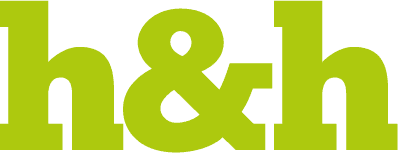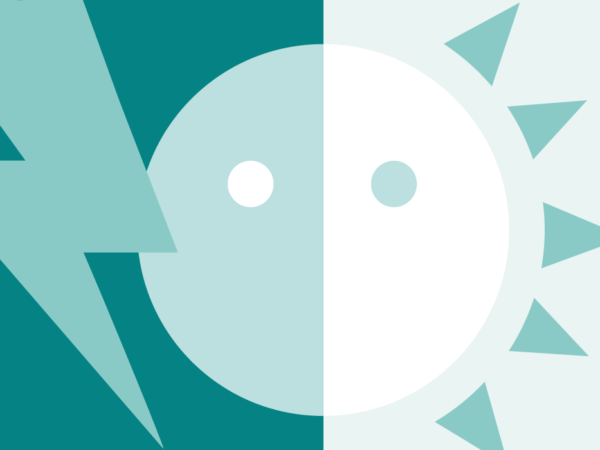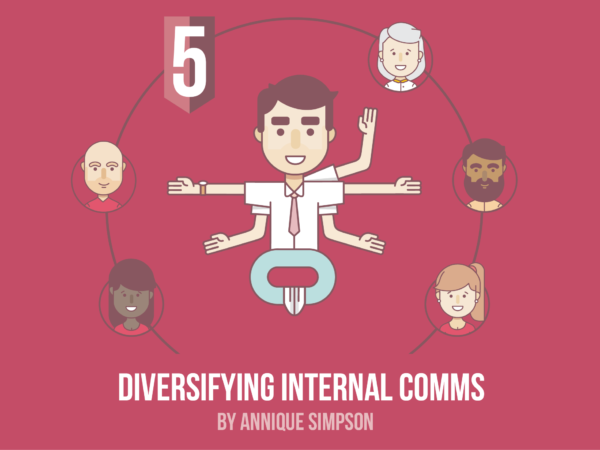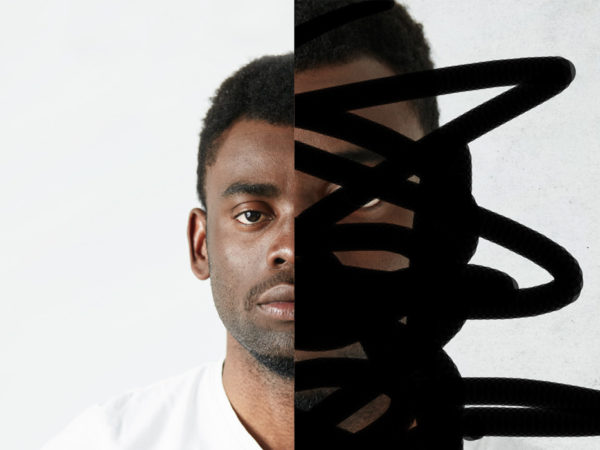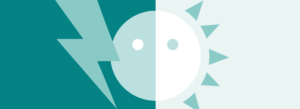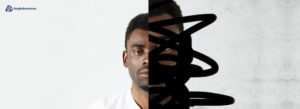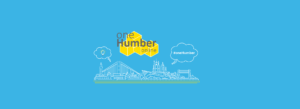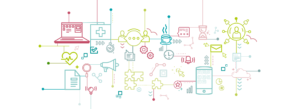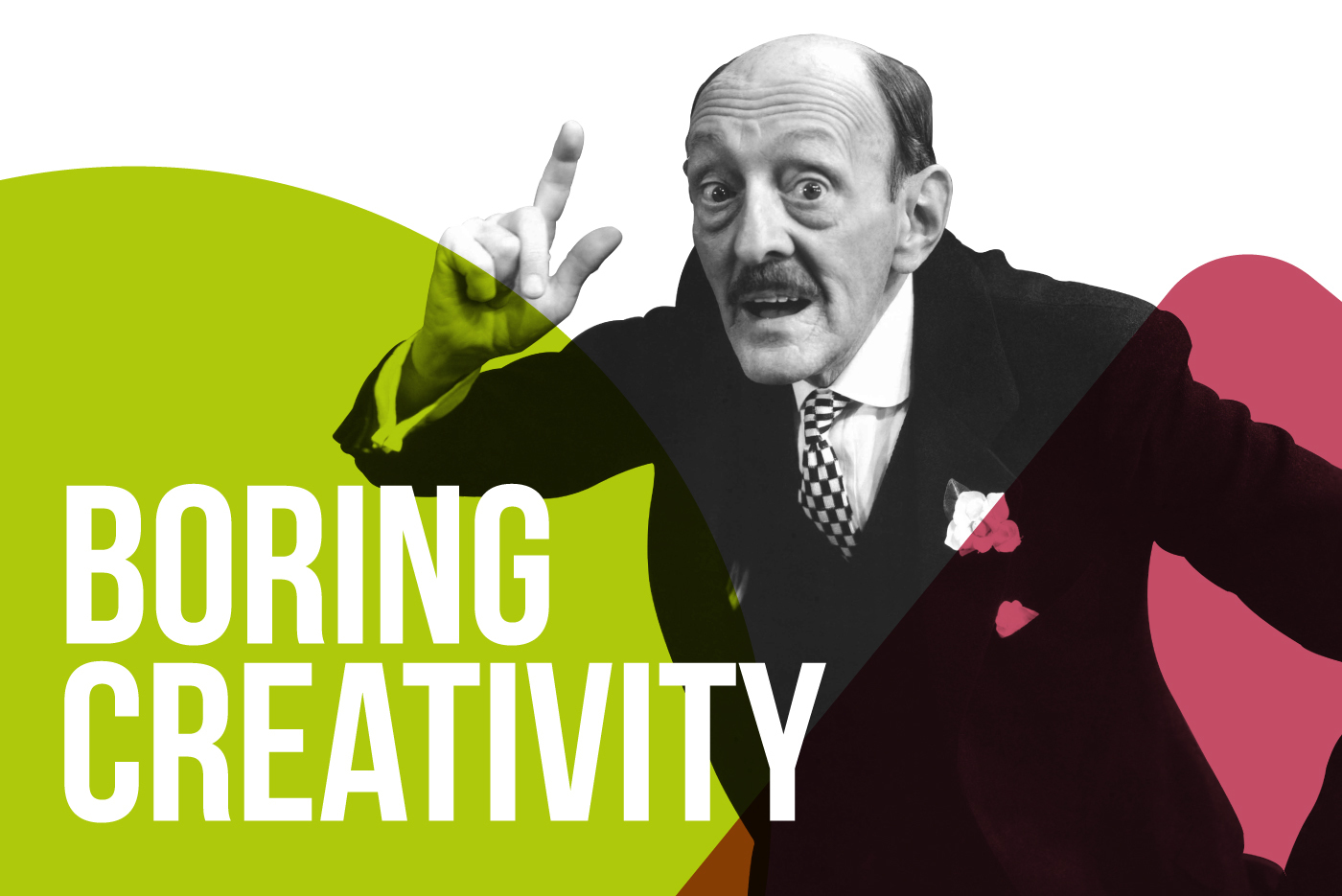
Have you ever had one of those moments where you’re minding your own business, not really doing or thinking of anything in particular – and all of a sudden a wonderful, ingeniously creative idea pops into your head out of nowhere?
Chances are, if you’re like the rest of us, you most certainly have.
Novel, creative ideas can abruptly invade our psyche when we least expect it – when we’re snoozing in bed, singing in the shower, or commuting to work.
And these sporadic moments of divine inspiration can go on to change the world.
JK Rowling conceived the entire idea for her multi-million pound Harry Potter series during a train ride from Manchester to London – and in ancient Greece, inventor Archimedes discovered a revolutionary mathematical idea pertaining to water volume simply after stepping into a bath for a wash.
Before we dive in, did you know you could be receiving an exciting dollop of IC inspiration like this every week?
Subscribe to our Friday Ketchup to get handpicked internal comms and employee engagement insights, facts, and ideas squeezed straight into your inbox, every Friday.
How many uses are there for a plastic cup
So what’s going on here?
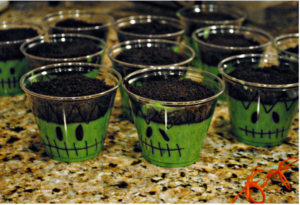 It all comes down to boredom. That familiar feeling of low stimulation and little inspiration is something we all experience – and largely try to avoid.
It all comes down to boredom. That familiar feeling of low stimulation and little inspiration is something we all experience – and largely try to avoid.
But as it turns out, we avoid it to our peril. Research suggests that experiencing periodic moments of dull, unexciting tedium gives us greater cognitive capacity to be creative – as it encourages our minds to wander and conjure up unique, interesting, and unexpected ideas, thoughts and connections.
In one study, participants were split into two groups. One group were tasked with copying numbers from a phone book, while the other was given no activity to complete. And afterwards, both groups were asked to think up as many different uses for plastic cups as possible.
The result? The group who had been copying numbers envisioned a greater number of creative uses. (We’d certainly be interested in seeing some of their ideas!).
But why is this?
Well, being bored or under-stimulated acts as a sort of reality check. When we’re feeling bored, our brains recognise that we’re not engaging in activities that satisfy us..
And in response, we start to psychologically seek out gratification and fulfilment – which we derive from letting our minds wander away freely and creatively into the subconscious ether.
If you think, you sink
This could be of particular use in the workplace.
Got a nagging problem you just can’t seem to overcome? A challenge so complex you’re struggling to tie all the loose ends together? Taking time away from the issue to focus on – well, nothing – could be the panacea which sparks the answer you’re searching for.
 We guess it’s like those situations where you’re not allowed to laugh, and suddenly even the most mundane things become inexplicably hilarious. Or when you’re in a rush, and in all the frantic dashing around you end up inadvertently slowing yourself down. When you’re not consciously seeking creative ideas – they will come to you.
We guess it’s like those situations where you’re not allowed to laugh, and suddenly even the most mundane things become inexplicably hilarious. Or when you’re in a rush, and in all the frantic dashing around you end up inadvertently slowing yourself down. When you’re not consciously seeking creative ideas – they will come to you.
As a creative internal communications agency, we understand that creativity can be incredibly elusive at the most inconvenient of times. That’s why we implemented H&H ‘thinking time’ – where our strategists and creative boffins can take time out from their desks to free up their minds for brief periods of solitary ideation and general consciousness exploration.
And it works – we’ve found that when we get away from the grind and essentially do nothing for a few moments, we come back refreshed and full of creative ideas ready to enrich our clients’ projects.
Managing the menial
But we think this discovery could have an even greater benefit for productivity. What the research shows is that carrying out a particularly dull task increases capacity for creativity once it’s complete.
Therefore, getting our mundane tasks out of the way first would logically lead to enhanced performance in subsequent, more creative activities. We all have those tasks that simply don’t interest us in the slightest – so tackling them at the start of the day might better fuel our creative drive for the more interesting tasks that follow.
Obviously, this strategy would be scuppered by specific tasks of high priority. We’re not suggesting that you forgo important deadlines and schedules just to unlock increased creativity. After all, they’re what make our workplaces go round.
But if you’ve got a particularly creative project coming up, actively taking some time to manage the menial and let your mind wander might be a great way to make sure you’re best placed to succeed in it.
Mis au placard
Dull, banal tasks can be a welcome respite from the stress and complexity of the modern workplace – but it doesn’t necessarily mean that employees find them fundamentally boring.
 However, if your employees truly are bored by their jobs, you’ve got a sure-fire engagement problem. Bore-outs – triggered by continuous feelings of low stimulation and meaninglessness – are becoming more common in the workplace. In fact, last year a French employee sued his ex-employers for rendering him ‘mis au placard’ (essentially bored-stiff) at work. If employee disengagement sounds familiar, we can lend you a hand.
However, if your employees truly are bored by their jobs, you’ve got a sure-fire engagement problem. Bore-outs – triggered by continuous feelings of low stimulation and meaninglessness – are becoming more common in the workplace. In fact, last year a French employee sued his ex-employers for rendering him ‘mis au placard’ (essentially bored-stiff) at work. If employee disengagement sounds familiar, we can lend you a hand.
Obviously, continual boredom would be a nail in the proverbial coffin for organisational productivity.
But experiencing occasional periods of mental detachment could help us to all become creative geniuses – and change our organisations, and maybe even the world, for the better.
Get in touch today to find out how we could help you transform your leaders and managers from average, to exceptional!
Got a brilliant idea you simply can’t keep to yourself?

